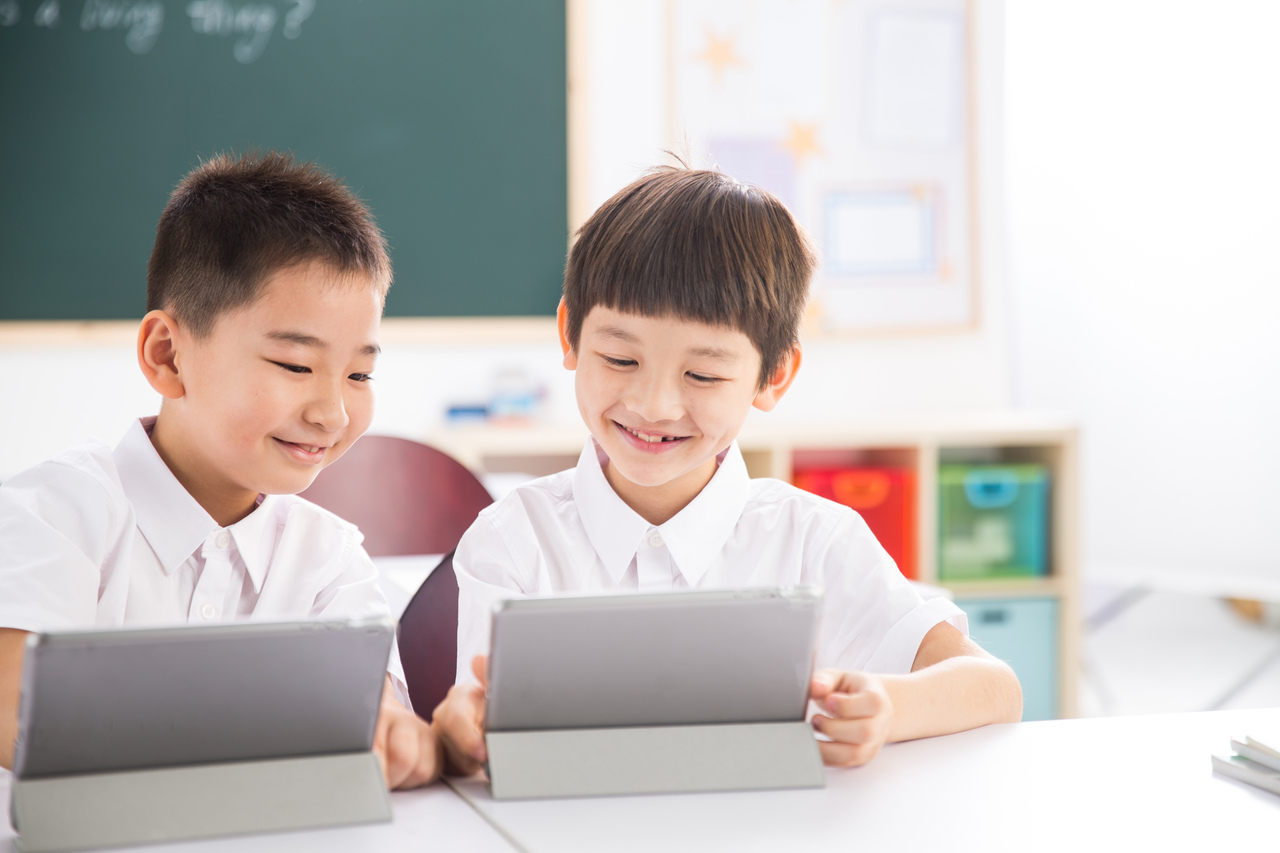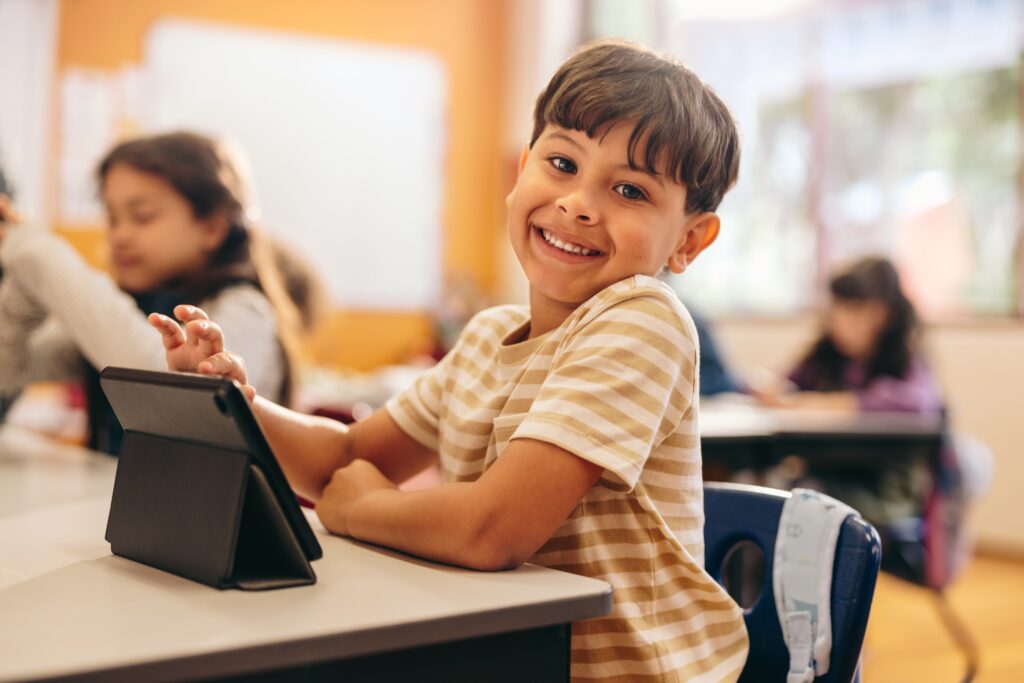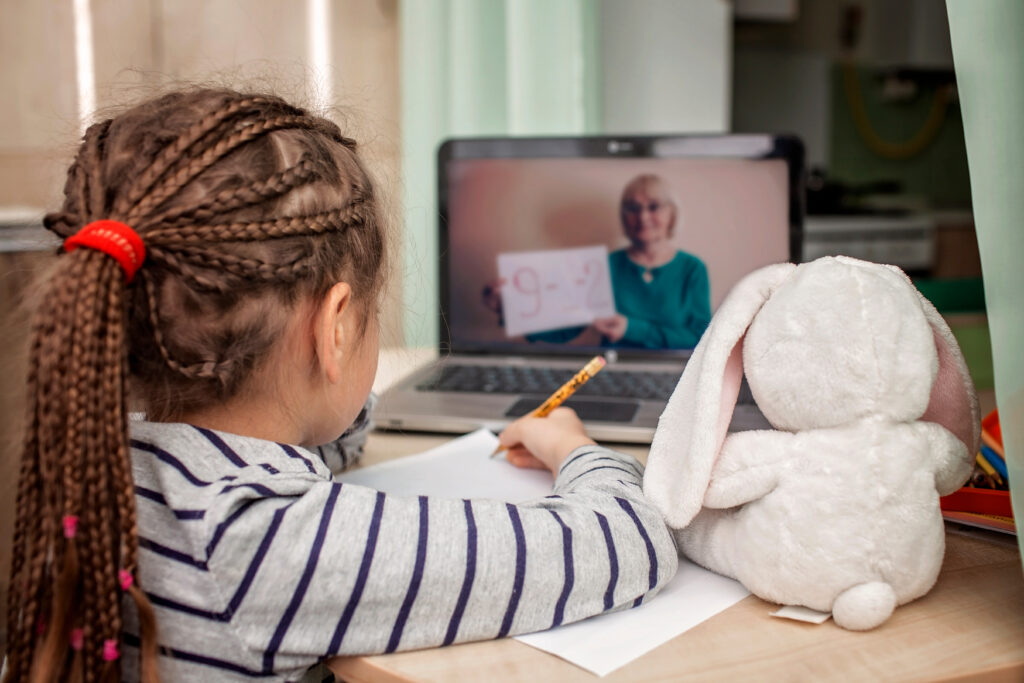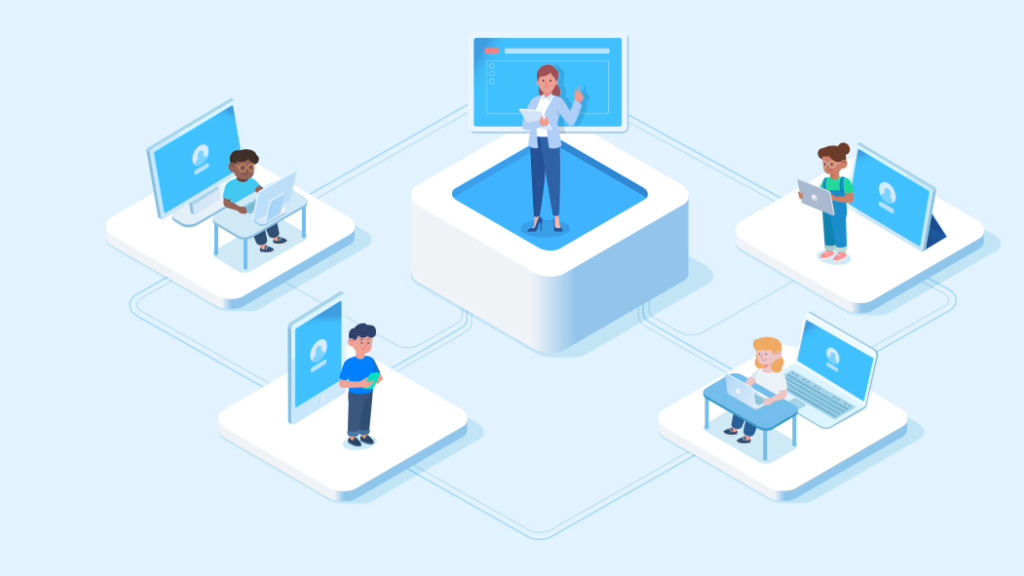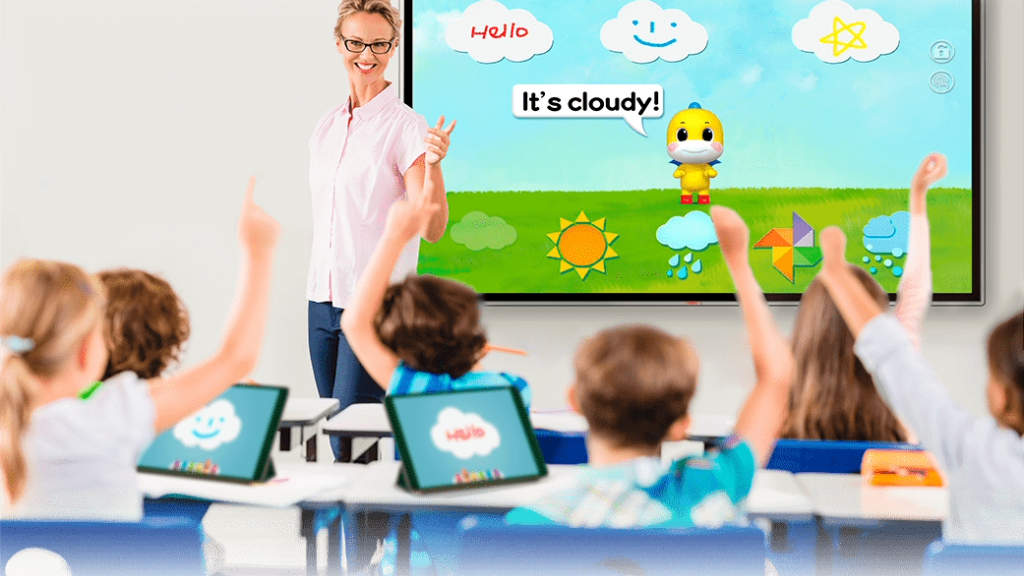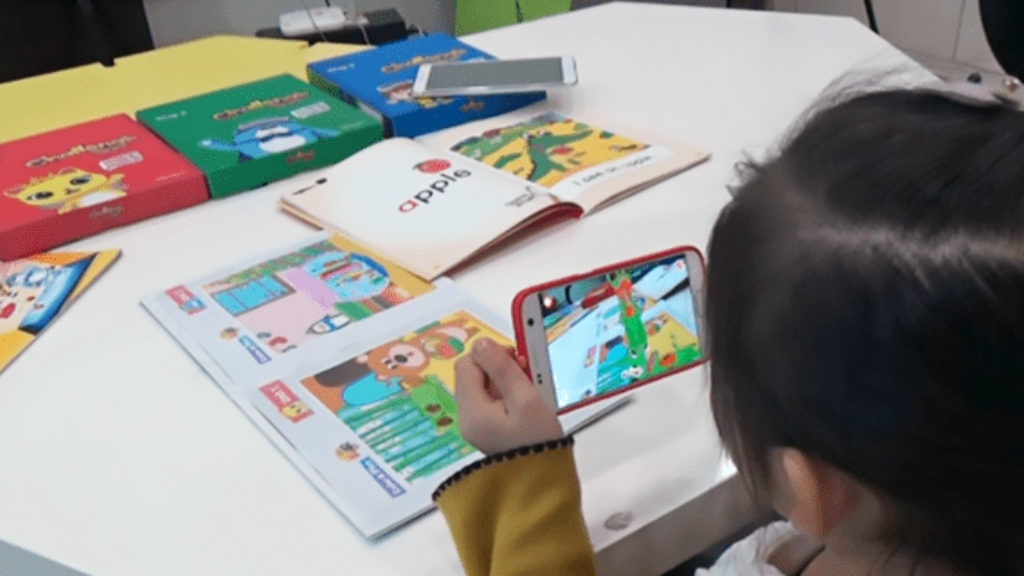Play can improve children’s abilities to plan, organize, get along with others, and regulate emotions. In addition, play helps with language, math, and social skills, and even helps children cope with stress. Recent studies have shown that young children aged 5 to 8 spend 21 minutes playing mobile games. In the age group of 8 to 12 years, children spend 34 minutes playing mobile games each day. Considering this fascination with video games, adapting some of the same principles found in gaming for entertainment to gaming for education – “gamification” – has the potential to have a significant impact on educational practices.
Gamification of education is a strategy for increasing students’ engagement by incorporating game elements into an educational environment (Dichev and Dicheva 2017). The goal is to generate levels of involvement similar to what games can usually produce (Fardo 2014). The main goals of gamification are to enhance certain abilities, introduce objectives that give learning a purpose, engage students, optimize learning, support behavior change, and socialize (Knutas et al. 2014; Krause et al. 2015; Dichev and Dicheva 2017; Borges et al. 2013).
In this article, we explain the importance of gamification and how it applies to the EdTech industry. We will also discuss the current gamification trend and its challenges.
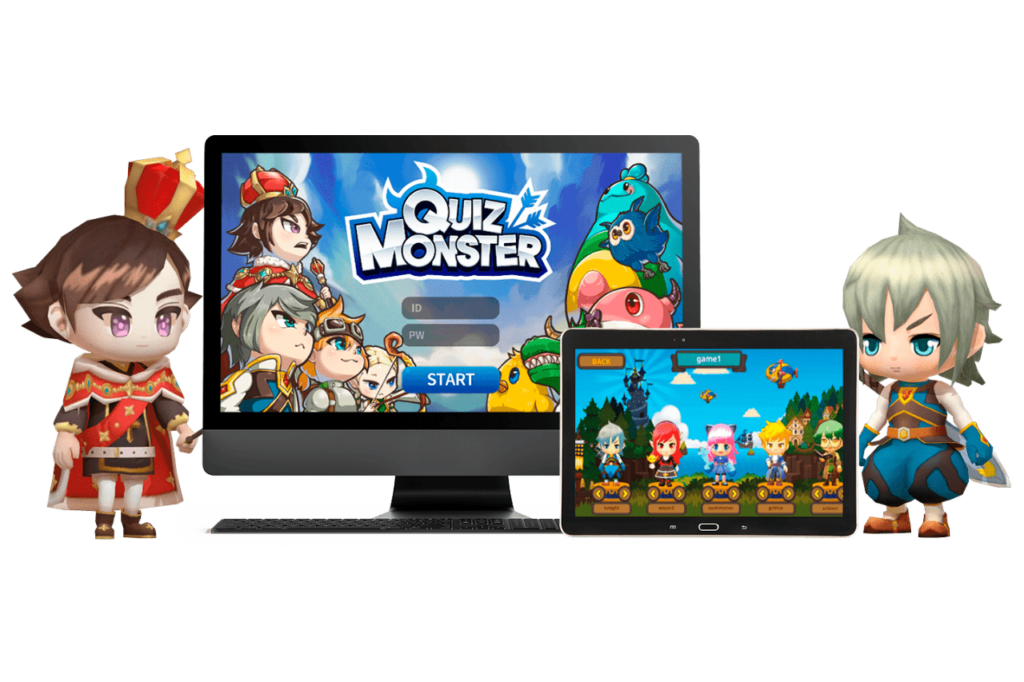
The importance of integrating gamification into students’ learning
Education-related computer games were first developed in the 1980s with the emergence of the children’s software industry. The incorporation of gamification into curriculum development has shown many benefits for both students and teachers. Let us learn how important gamification is for children’s education.
Gamification to promote students’ engagement
One of the greatest benefits of gamification in the classroom is its ability to engage students more effectively than in traditional classes. Gamified education solutions encourage engagement by creating challenges and tracking student learning progress. As students master the material, they receive recognition for their achievements and can gradually move on to more challenging lessons.
Gamification: More than just having fun
While gamification techniques are often described in terms of their impact on students’ engagement, gamification isn’t just good for motivation – it can also help children learn. Children find it fun and rewarding to play games. Rewards trigger the release of dopamine in the brain, which makes students feel satisfied and increases their motivation to keep playing the game. When learners are motivated to do something, they pay more attention to it and really engage with the material. And when learners pay more attention to something, they remember it better. Therefore, when kids are motivated by gamification, they can learn more.

Ownership of learning with gamification
EdTech solutions give students a sense of ownership over their learning by allowing them to see their performance analysis immediately and regularly throughout the solution. This helps students identify areas where they need to improve and create an individualized and tailored learning plan that encourages the student to continue practicing the required topics.
Personalized learning through gamification
One of the main advantages of gamification is that it allows students to customize their learning experience. By using game elements, such as points, levels, rewards, and leaderboards, students can set their own goals and progress at their own pace. This can be especially beneficial for students who are struggling in a particular subject, as they can focus on the areas they need to improve and get the extra help they need.
Gamification: A successful business model in EdTech
We discussed that the key to success in EdTech is ‘engagement’. The more you engage children, the faster they can learn. Gamification is considered the most effective tool, especially since kids today have a lesser attention span than previous generations.
We have witnessed big changes in every industry in recent years, and the EdTech industry is no exception. Although the global pandemic drove businesses into an unprecedented situation, the crisis also brought accelerated digitization. As schools, colleges, and other educational institutions were forced to shut shop temporarily, the demand for online learning increased rapidly. With more and more students turning towards digital learning solutions, EdTech platforms have leveraged cutting-edge technology to bring about innovative solutions and new concepts. One such aspect that has become a buzzword in the industry is gamification.
The advent of technologies such as AI, ML, Big Data, and IoT has further accelerated the adoption of gamification in the industry. Gamified teaching increases learners’ chances of retaining the information and applying the concepts in the real world. Especially for children, gamification is a great way to ensure effective and efficient learning. Gamification in education also promotes healthy competition. When points and rewards are incorporated into the learning process, it encourages students to perform better than their classmates, creating a competitive yet fun atmosphere and facilitating learning. Gamification also helps create a hands-on learning experience. For example, when EdTech platforms leverage technologies such as AR /VR, a hands-on learning environment is created to facilitate rich learning.
2023 EdTech gamification trend and future challenges
While gamification has been around since 2010, it has only emerged as a promising education model in more recent times. By successfully implementing game mechanics into AllviA’s solutions, VISANG EDUCATION has witnessed students transform from passive participants to active ones. In fact, we recently conducted a pilot program at an elementary school in Thailand by implementing the program “Challenge”. The students were able to learn English in a new way through the “Challenge” program produced by VISANG EDUCATION. They participated in learning where they could easily acquire a language in an effective way through various activities rather than simply by reading textbooks. The program has had a significant impact on students’ interest in learning English.
How to use gamification to enhance students’ engagement and learning
As gamification continues to evolve in 2023, schools should look to incorporate some of its aspects into curriculums and lesson plans to encourage a more engaging, interactive, and personalized learning.
Here is how different game elements can be used to enhance the engagement and learning of students in 2023:
- Point systems: point systems encourage students to achieve their academic goals and move up in the rankings. For example, 1 point is awarded for the correct answer, while 2 points are awarded for citing a valid example.
- Progress tracking: rankings track learners’ progress and display the best results for the entire class. Since learners can see their exact position in the game, they know exactly what strategy to use to advance.
- Virtual avatars: in a digital universe, a virtual avatar represents each student. The avatar must perform certain actions to earn points. Simulations allow learners to interact with the environment and characters of the game. This self-learning tool helps students understand complicated theories as they learn by doing.
- AI-driven features: AI applications provide learners with real-time feedback and personalized recommendations based on their current performance in the game. AI-driven features adapt games to learners’ learning style and pace. In this way, learners can make self-directed progress and point out specific areas where they need further support.
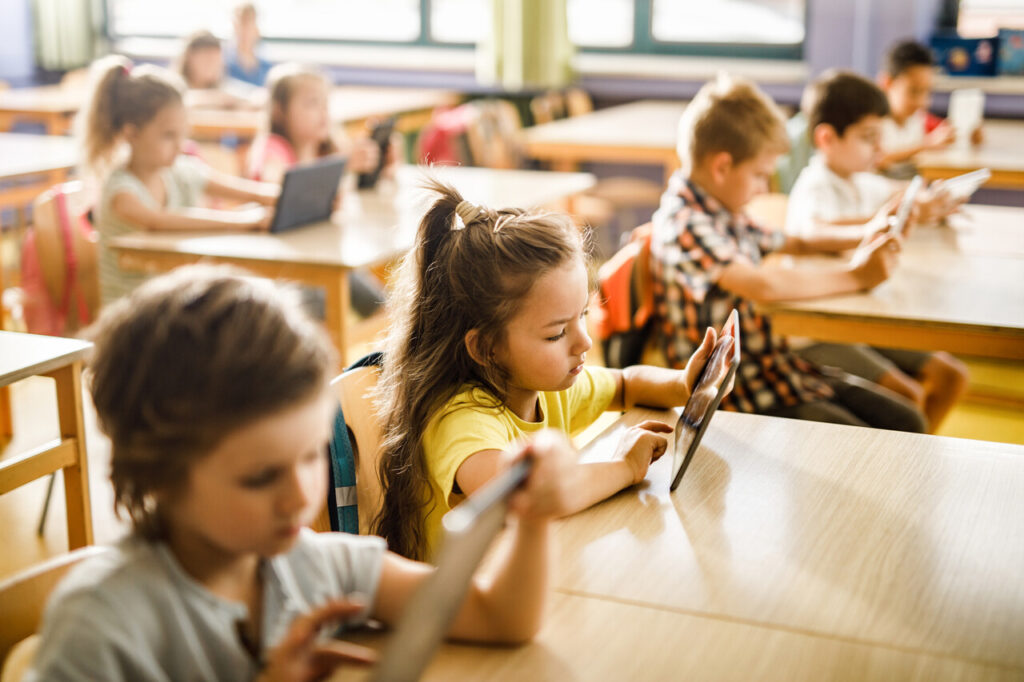
The risks and challenges of gamification
Gamification helps students have a more relaxed and fun learning experience. It allows them to become proactive and learn without the fear of errors. However, to ensure that EdTech and gamification complement each other, implementing a sophisticated and thoughtful approach to create a successful model is necessary. We will explore some of the potential risks and challenges of gamification, and how to avoid or minimize them.
- Pedagogical issues: gamification can be misaligned with the learning objectives, outcomes, and assessments, leading to confusion, distraction, or frustration. It can also be irrelevant or inappropriate for the content, context, or culture of the learning environment, resulting in boredom, resistance, or offense. Therefore, gamification should align with the pedagogical design and principles of the learning experience.
- Technological issues: Gamification can also encounter technological issues, such as accessibility, usability, and reliability. For example, gamification can be inaccessible or incompatible with the devices, platforms, or networks of the learners, teachers, or administrators, causing exclusion, inequality, or isolation. Therefore, gamification should be tested and evaluated for its technical functionality and usability.
- Psychological issues: Gamification can also trigger psychological issues, such as motivation, emotion, and identity. For example, gamification can undermine learners’ intrinsic motivation, by replacing their interest, curiosity, or satisfaction with external rewards, pressure, or comparison. It can also elicit negative emotions, such as anxiety, frustration, or disappointment if the gamified system is too difficult, unfair, or unpredictable. Therefore, gamification should fit the unique needs, goals, and preferences of each learner.
For all these reasons, it is important to choose a globally successful EdTech solution. AllviA’s smart learning solution provides a personalized learning experience customized to the needs of children’s learning styles, preferences, and achievements, which allows students to have a positive attitude toward learning while developing their confidence in learning.
Using gamification with AllviA’s EdTech solutions
Gamification is an increasingly popular tool for creating personalized learning experiences. By incorporating elements of game design into the learning process, educators can create engaging and interactive learning experiences tailored to each student’s individual needs.
Personalized learning takes into account the differences in an individual’s learning tendencies and abilities. This maximizes the learning effect by providing a learning experience tailored to each individual.
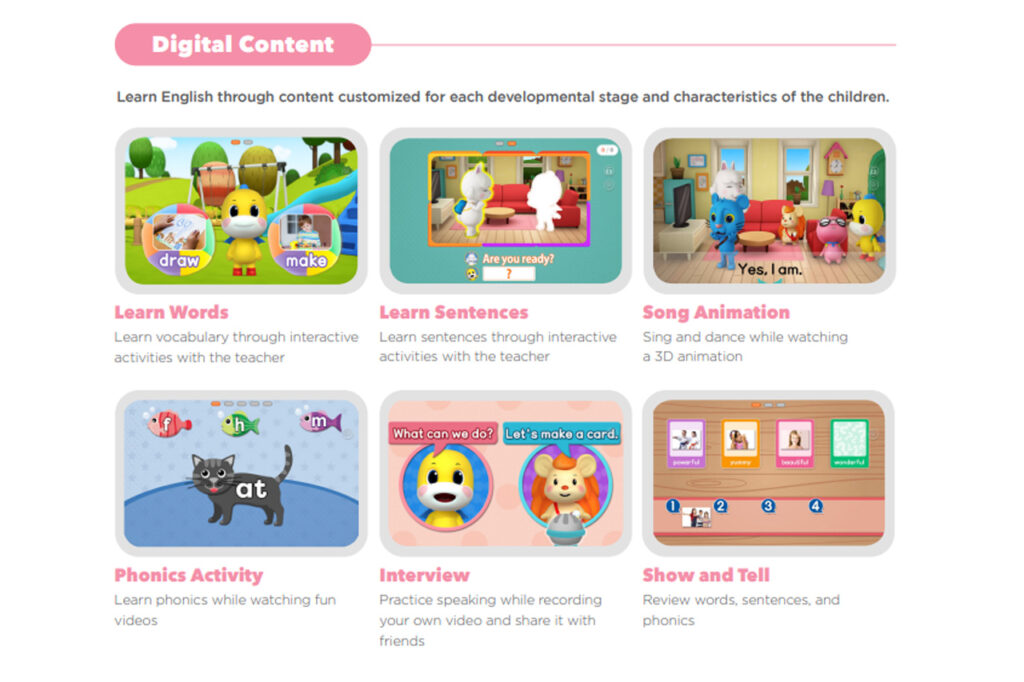
AllviA’s goal is to make education more engaging by incorporating interactive activities into traditional learning. It involves incorporating games, virtual reality, and other interactive tools with tablet PCs or AR/MR technology to make learning more fun and exciting. AllviA’s class enables students to take responsibility for their learning while expressing their thoughts verbally and considering alternative perspectives. AllviA provides a personalized learning experience customized to children’s needs and learning styles.
An example of a gamified solution is AllviA’s EdTech solution “Wings”. Wings is an interactive English education program using digital teaching aids. It is a two-way communication English education program using a tablet PC and an electronic board with the possibility to take remote classes. “Wings” includes interactive projects that allow students to interact with each other in a game-like atmosphere. This enhances student engagement and learning.
Another example of a gamified solution developed by VISANG EDUCATION is “Quiz Monster”. Quiz Monster is an educational game platform that enables students to experience customized learning content for English or mathematics in an interesting environment. Learners choose their own characters to explore the game world where they take quizzes and collect coins to purchase different items. They can play the game alone or with other users while learning and reviewing the learning material.
VISANG EDUCATION’s EdTech solutions allow you to enhance the quality of education for your child in many ways. First, we tailor the service to your child’s individual needs and learning pace, which can increase understanding. Additionally, our EdTech solutions can provide engaging and interactive learning experiences using multimedia, simulations, and gamification. This can help make learning more fun and enjoyable for children.
By incorporating gamification into the learning process, educators can create personalized learning experiences tailored to each student’s individual needs. This helps to keep students engaged and motivated, while also providing them with the skills and knowledge they need to succeed.

